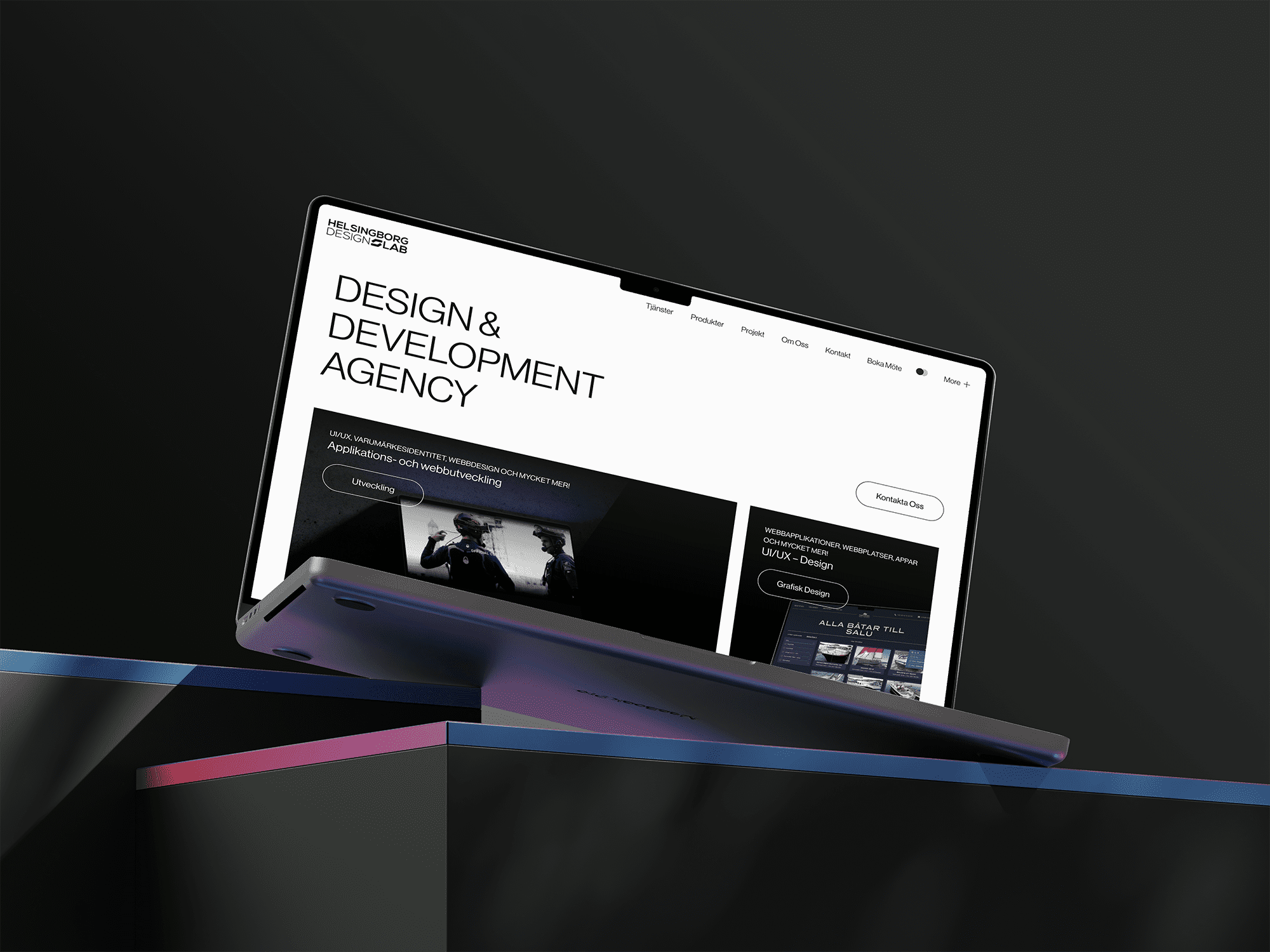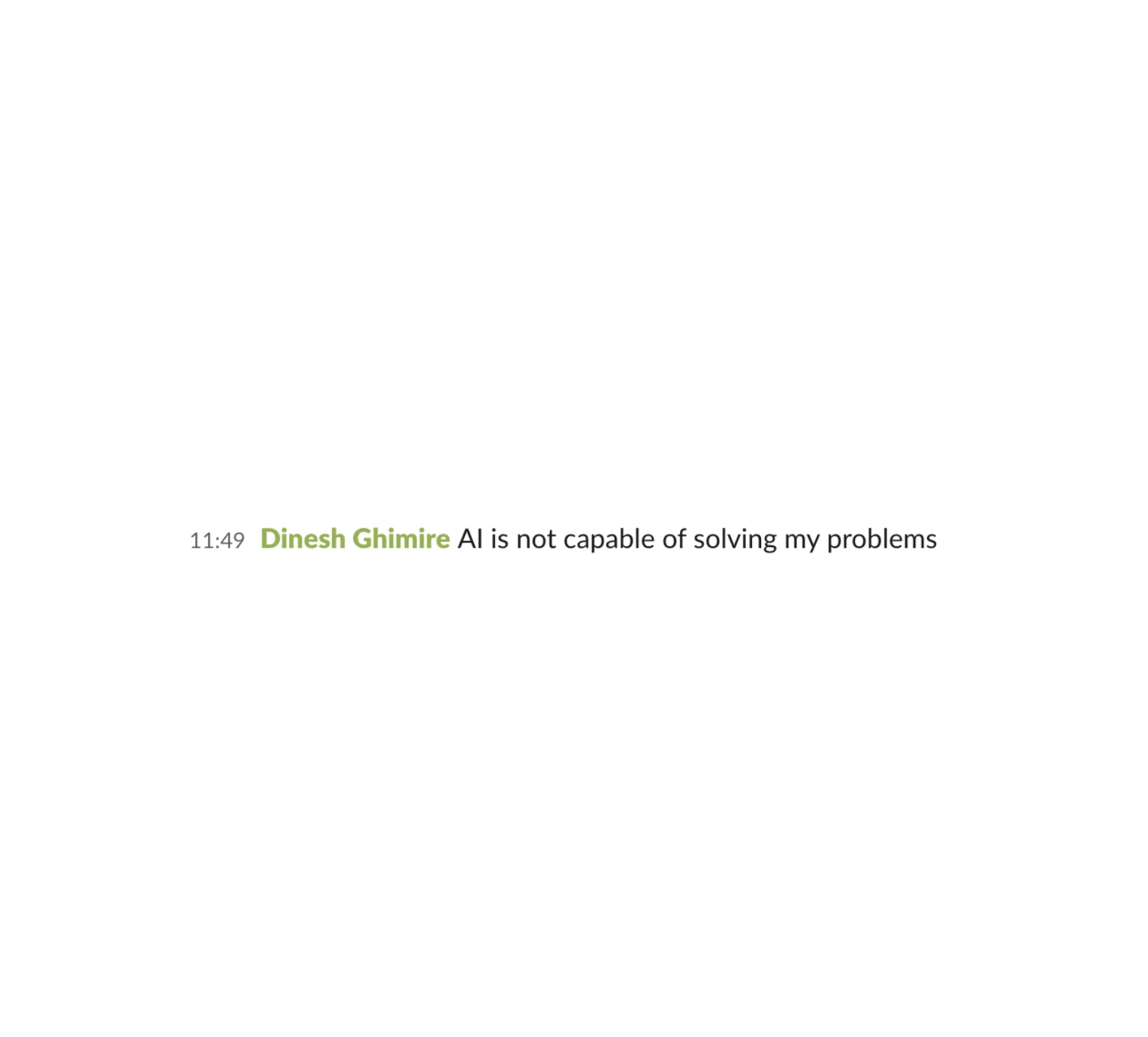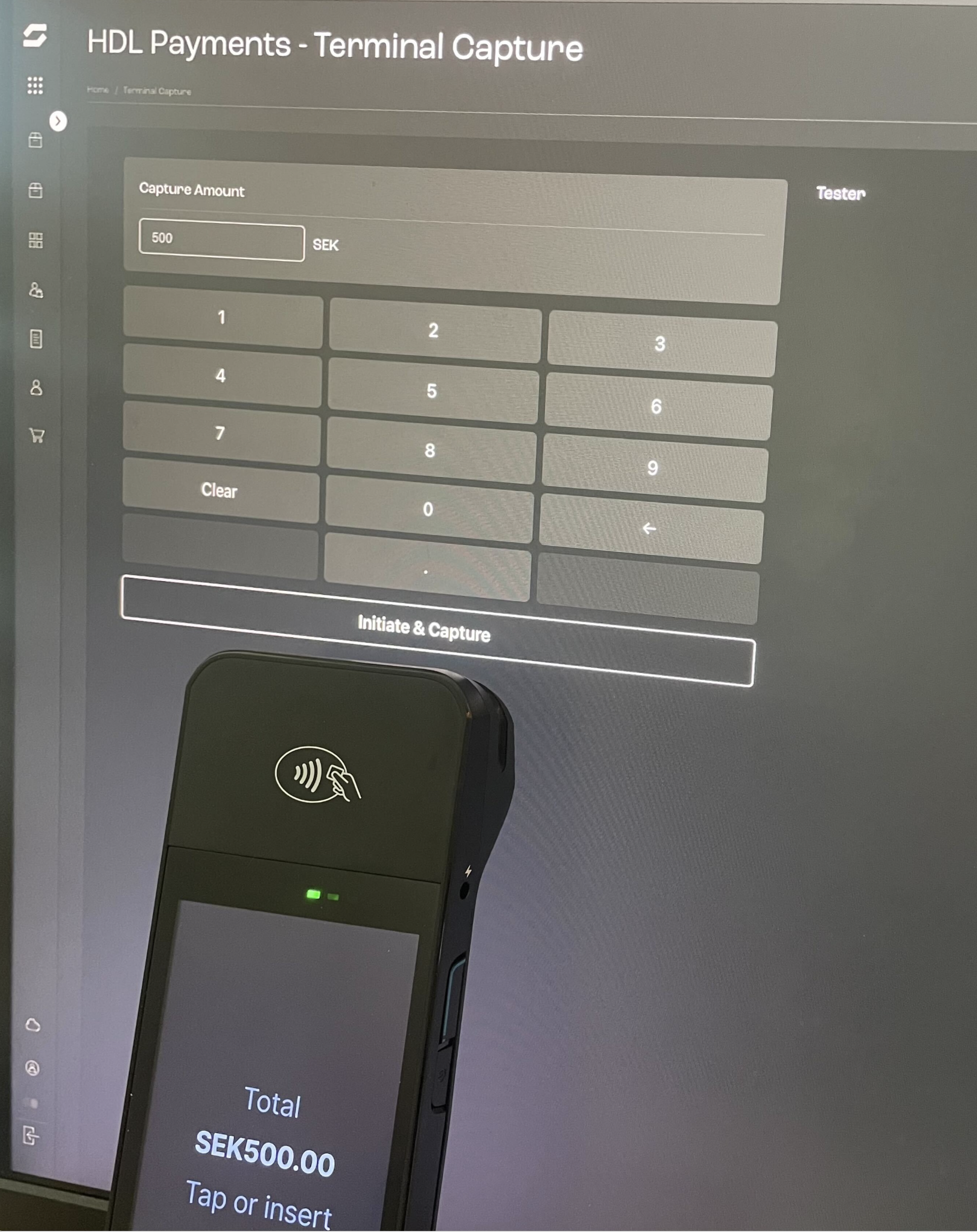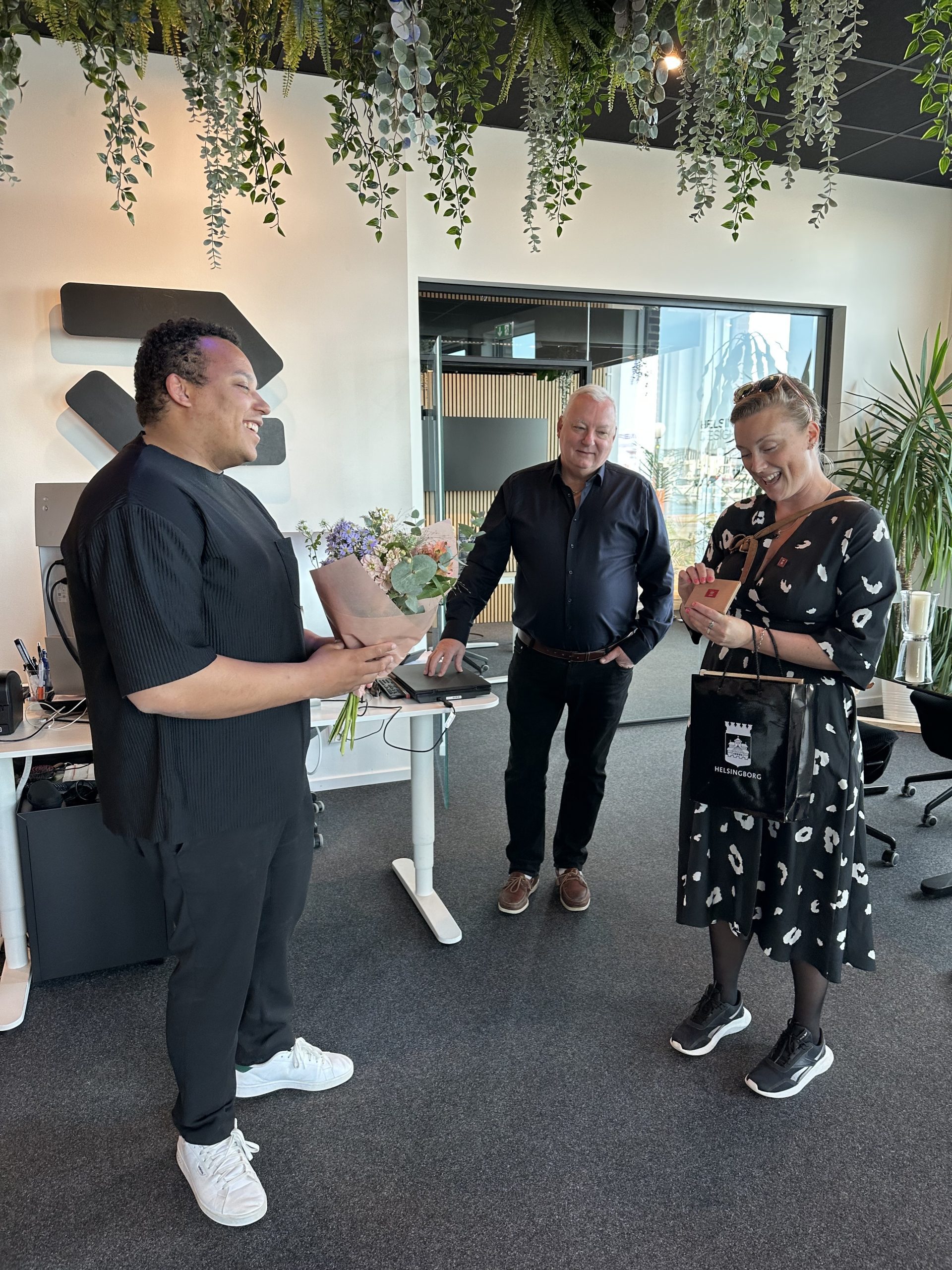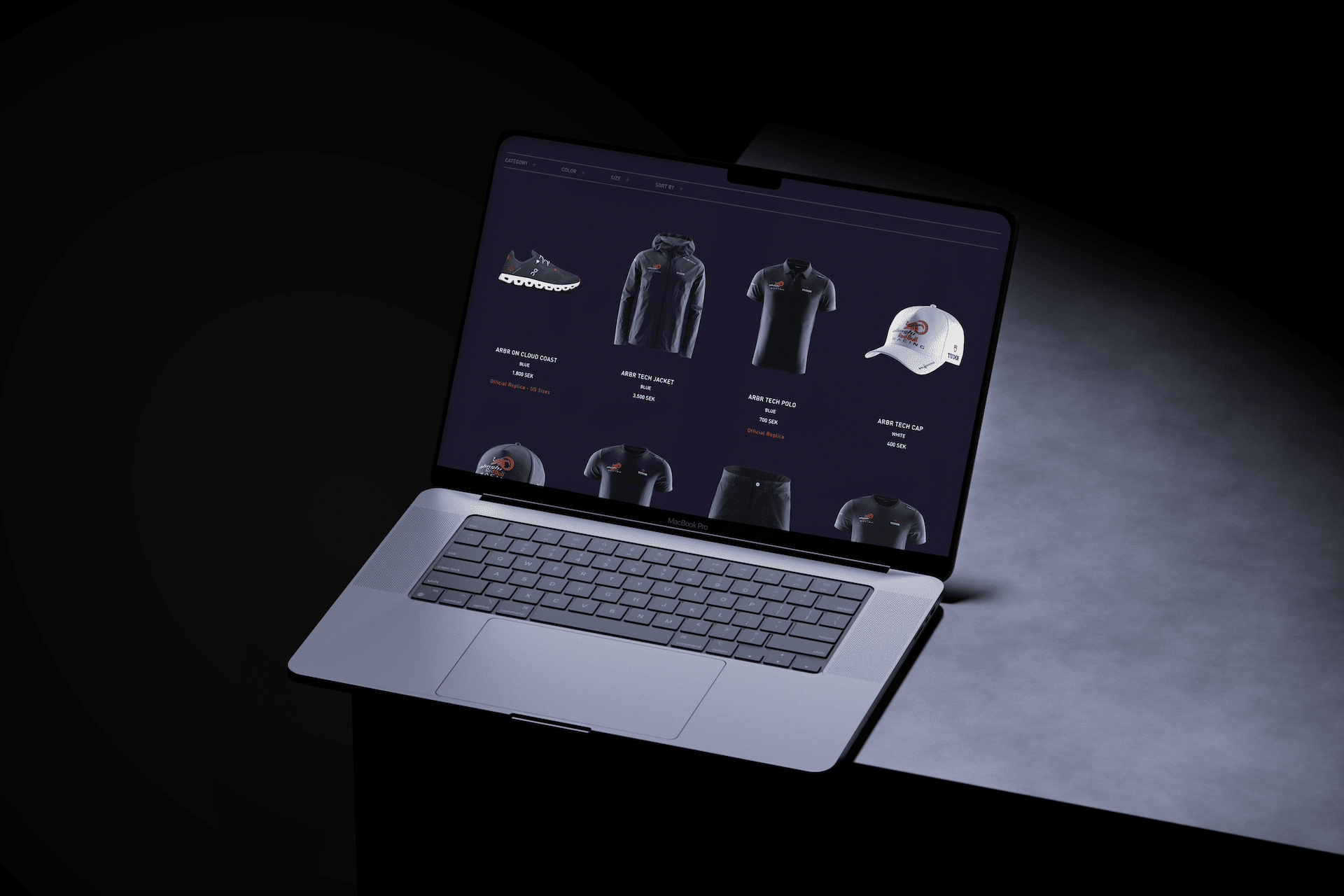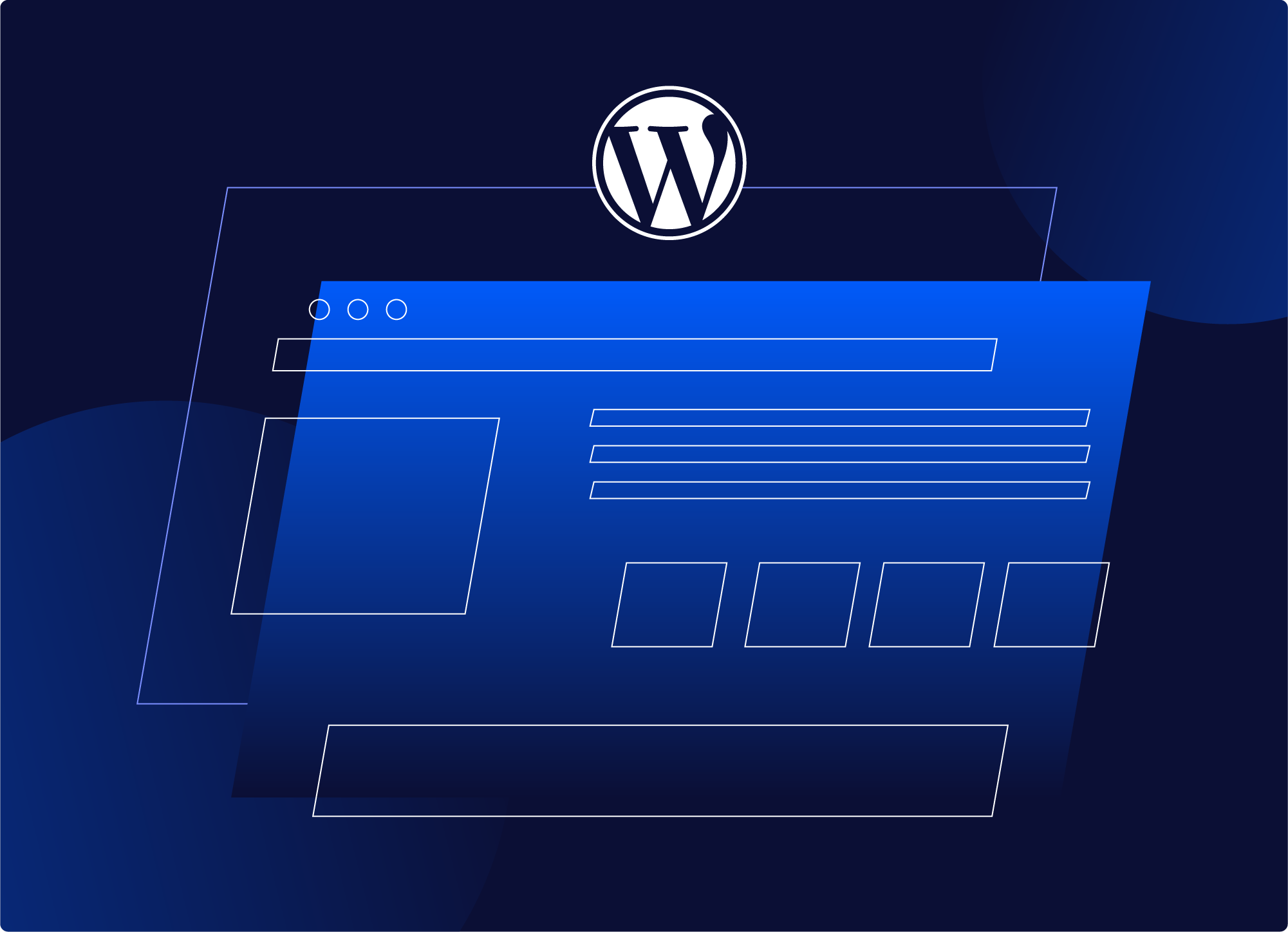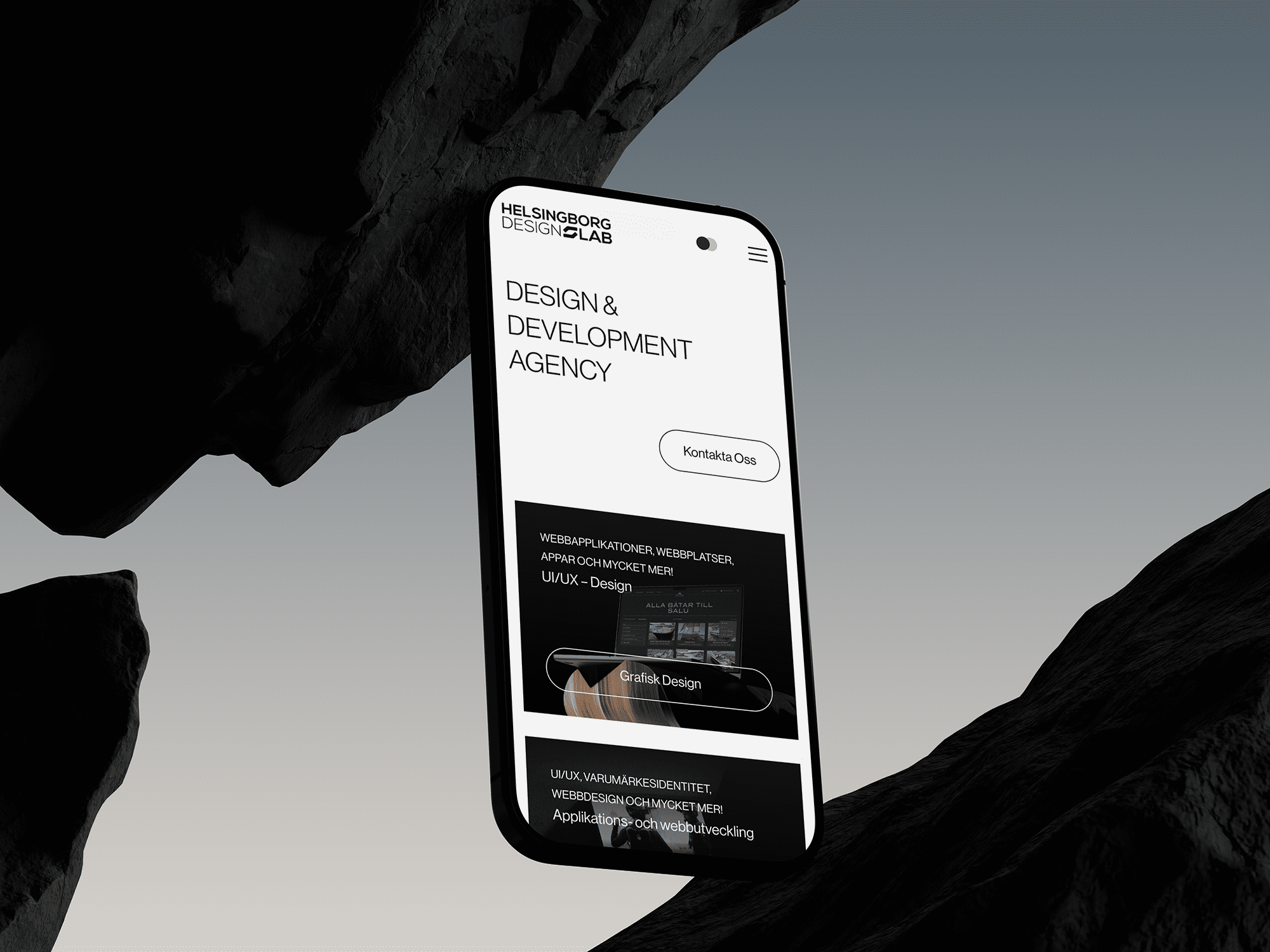Developing a Custom Web Application with PHP/RestAPI and React
Developing a custom web application that combines PHP/RestAPI with a React.js frontend is a complex but rewarding process. Here’s a deep dive into each step of this journey, with examples from Helsingborg Design LAB’s projects.
1. conceptualization and requirements gathering
This phase is about clearly defining the goals and functionality of the application. We start by understanding the customer’s business needs and how the application can support these. This includes mapping user journeys and identifying key features. For a project with a retail chain, this meant creating a solution that could integrate multiple data sources to improve inventory management and customer experience.
2. Design and Prototyping
The design phase focuses on creating user-centered solutions. We develop wireframes and interactive prototypes for the React.js frontend, which helps visualize the user interface and ensure it is intuitive and efficient. We use Filament PHP to quickly create administrative panels that support backend processes, allowing the design team to get feedback early and iterate on the design.
3. Backend development with PHP/RestAPI and Filament PHP
In this phase, we build the backend structure with PHP, creating robust RestAPIs that can handle large amounts of data and complex transactions. Filament PHP is used to streamline the development of administrative interfaces, making it easy to manage and visualize data. One example is an application for a B2B supplier where we created a system to manage orders and customer data in real time.
4. Front-end development with React.js
Frontend development focuses on creating a dynamic and responsive user experience using React.js. Here we build components that communicate with the backend APIs to retrieve and present data in a user-friendly way. For a financial client, we developed a real-time dashboard that allowed quick access to financial data, improving decision-making.
5. Integration and Testing
Once both the front-end and back-end are fully developed, we integrate the systems and perform extensive testing to ensure that all parts work seamlessly together. We conduct unit and integration tests to identify and fix bugs and ensure that the application meets all requirements. This step is crucial to ensure that the application is robust and reliable.
6. Launch and Implementation
After successful testing, we prepare for launch, which means deploying the application to the production environment and ensuring that everything works as it should. We monitor the implementation closely and provide training to help users navigate and use the application effectively. Our team is ready to handle any issues that may arise during this critical phase.
7. post-launch support and maintenance
After the launch, we offer continuous support and maintenance to ensure that the application continues to function optimally. We collect user feedback to make improvements and updates, which helps keep the application relevant and effective. This step is crucial to ensure long-term success and customer satisfaction.
Executive summary
Developing a web application with PHP/RestAPI and React.js frontend, built on Filament PHP, offers a powerful solution for businesses seeking scalability and flexibility. By carefully following these steps, businesses can create customized applications that drive results and improve the user experience.
Understand the Basics: Frontend, Backend and PHP
When talking about web applications, you often come across terms like “frontend”, “backend” and “PHP”. Here is a simple explanation of what these mean, so that everyone can understand:
front end
The front-end is the part of the web application that the user sees and interacts with. Think of it as the ‘front’ of a website. It includes everything from buttons and menus to images and text. The frontend is developed using languages and tools like HTML, CSS and JavaScript. In our context, we use React.js, which is a popular JavaScript library for building interactive and responsive user interfaces.
backend
The backend is the ‘back side’ of the web application that the user does not see. It is where all data is stored and processed. The backend handles functions like login, data storage, and business logic. It’s like the engine of a car – it makes everything run smoothly. The backend is often developed using programming languages like PHP, Python or Java.
PHP
PHP is a programming language used to develop the backend part of web applications. It is particularly good at handling dynamic websites, where content can change depending on user interactions. PHP is used to create and manage databases and to build APIs (Application Programming Interfaces) that allow the front-end and back-end to communicate with each other.
RestAPI
RestAPI is a set of rules that allow the frontend (what the user sees) and the backend (what happens behind the scenes) to talk to each other. It’s like a bridge that connects the two parts, allowing them to exchange information and work together.
By understanding these basic components, you will gain a better insight into how a web application works and how different parts interact to create a smooth and efficient user experience.
